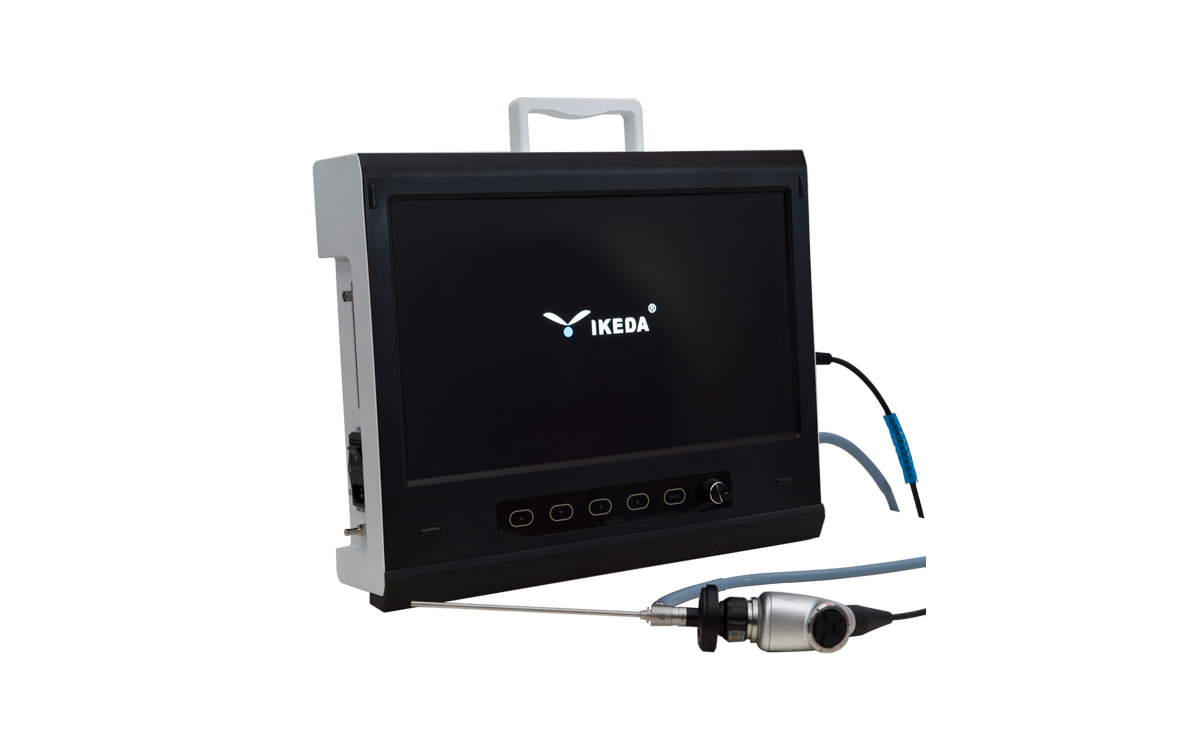Endoscopes have been used more and more in the field of pet medical treatment. They mainly enter the body through the natural orifices of the pet's body or through small incisions. The external imaging of the equipment is used for the inspection and surgical treatment of the pet's organs or tissues. What are the applications of pet endoscopes?
Common pet endoscopy includes: otoscope, rhinoscopy, bronchoscopy, esophagoscopy, gastroscopy, colonoscopy, laparoscopy, cystoscopy, etc.
Otoscope/Rhinoscope
Otoscope examination is an important diagnostic method. The incidence of dog external ear diseases is very high. It can be easily inspected by taking advantage of the accessibility of the external ear. Rigid endoscopes can be used to examine the middle ear canal. At the same time, it can also be used to treat ear diseases, such as: flushing the ear canal, sucking out And removal of foreign bodies and incision of the tympanic membrane.
Rhinoscopy can diagnose various diseases of dogs and cats: such as runny nose, nosebleeds, chronic sneezing, suspected foreign body and obvious pathological changes visible by X-ray. Either a hard lens or a fiber soft lens can be used.
The multi-purpose rigid lens can provide the best optical images, while the flexible soft lens can be used for posterior nasal examination (the soft lens is inserted into the nasopharynx through the oral cavity to see the posterior nasal cavity). The rigid lens can be used for biopsy and removal of foreign bodies. The rigid mirror also has a working channel and has a flushing or suction function.
Bronchoscopy
When animals have cough, bronchitis, lung hyperplasia, tracheal failure and abnormal respiratory symptoms, fiber and rigid bronchoscopy and bronchoscopy can be used for inspection.
Esophagoscope
Use a flexible optical fiber endoscope for inspection. The dog is lying on the left side and is under general anesthesia. Insert the endoscope through the mouth. After entering the mouth, follow the middle of the posterior wall of the pharyngeal isthmus to the entrance of the esophagus, follow the direction of the esophageal cavity, adjust the insertion direction, breathe in while inserting, and observe at the same time. The neck esophagus is normally collapsed, the mucous membrane is smooth, moist, pink, and folds longitudinally. The thoracic esophagus is pink, with large and irregular mucosal folds, and dark red. In acute esophagitis, the mucous membrane is swollen, dark red and velvety. In chronic esophagitis, the mucous membrane is filled with flushing, edema, and white exudate. Erosion, ulcers or granulomas can also be seen.
Gastroscopy
Gastroscope may be the most commonly used endoscope in the field of small animal endoscopy. It can be used to treat: vomiting, salivation, dysphagia, nausea, vomiting, weight loss, anorexia, diarrhea, fecal mucus and tenesmus.
Colonoscopy
Colonoscopy can be used to examine the lower part of the colon, rectum, anus and other parts. It is very important for the diagnosis of granulomatous colitis, foreign bodies, tumors, and mucosal abnormalities.
Laparoscopy
In addition to biopsy of the dog’s liver, kidney, pancreas, or tumor, laparoscopy is the most commonly used to check and diagnose the acute illness on the abdomen and the obvious lesions on the X-ray film. Laparoscopic surgery is often used for oophorectomy, gastric fixation, and hernia repair operations.
Cystoscope
Suitable for most small animals. Such as chronic cystitis, abnormal urination, trauma or pyuria, etc., but also adapted to X-ray abnormalities. The use of urethral cystoscopy in smaller animal clinics to examine various animals often requires multiple endoscopes.
Colposcope
Colposcopy is suitable for checking vaginal changes, such as bleeding, vaginal relaxation, trauma, foreign bodies, urgency, and artificial insemination of female dogs.
Arthroscopy
In the diagnosis and treatment of puppy diseases, (chronic arthritis, joint pain, joint swelling, X-ray abnormal OCD, unilateral posterior elbow muscle protrusion or broken coracoid, etc.) can use animal arthroscopy.
